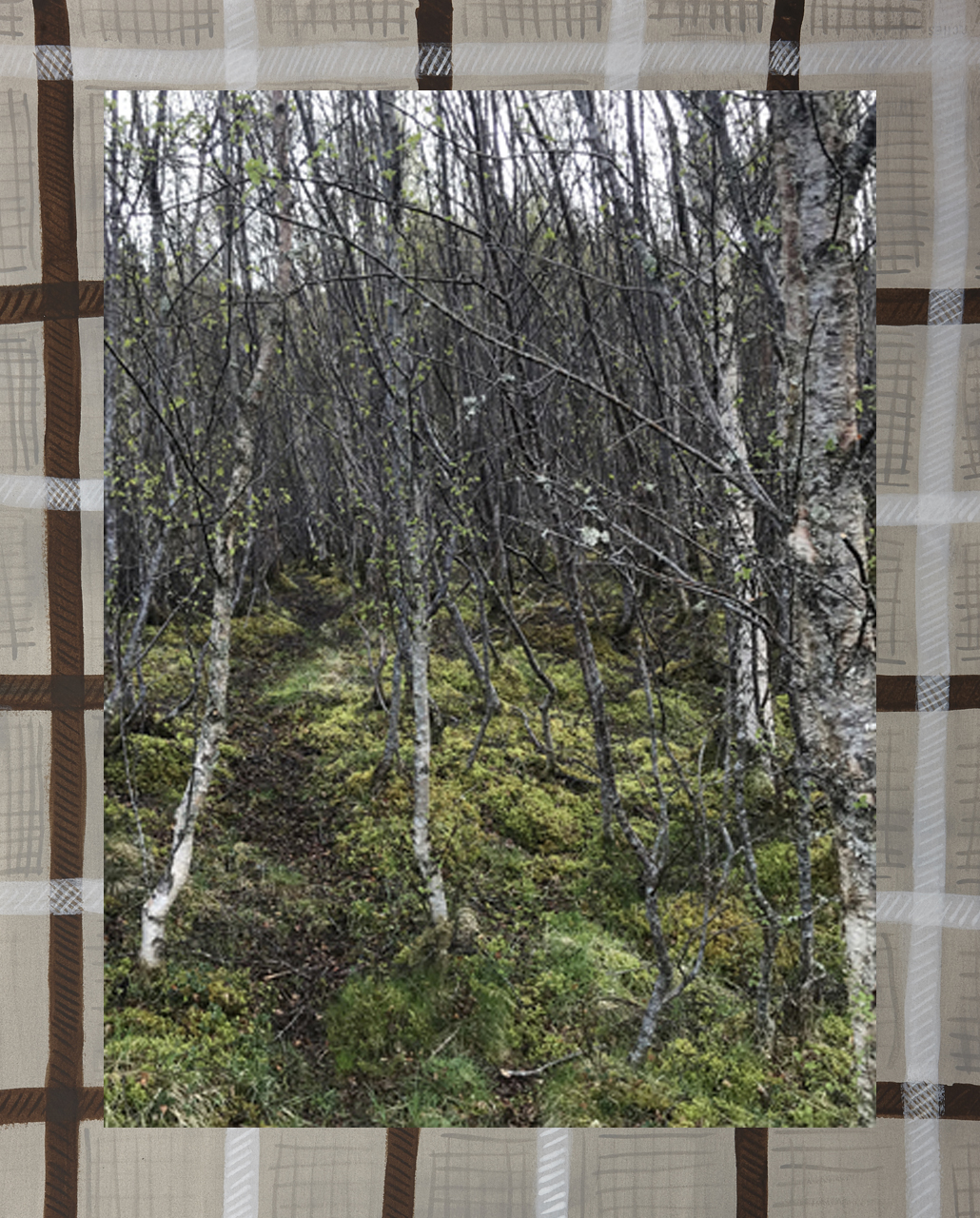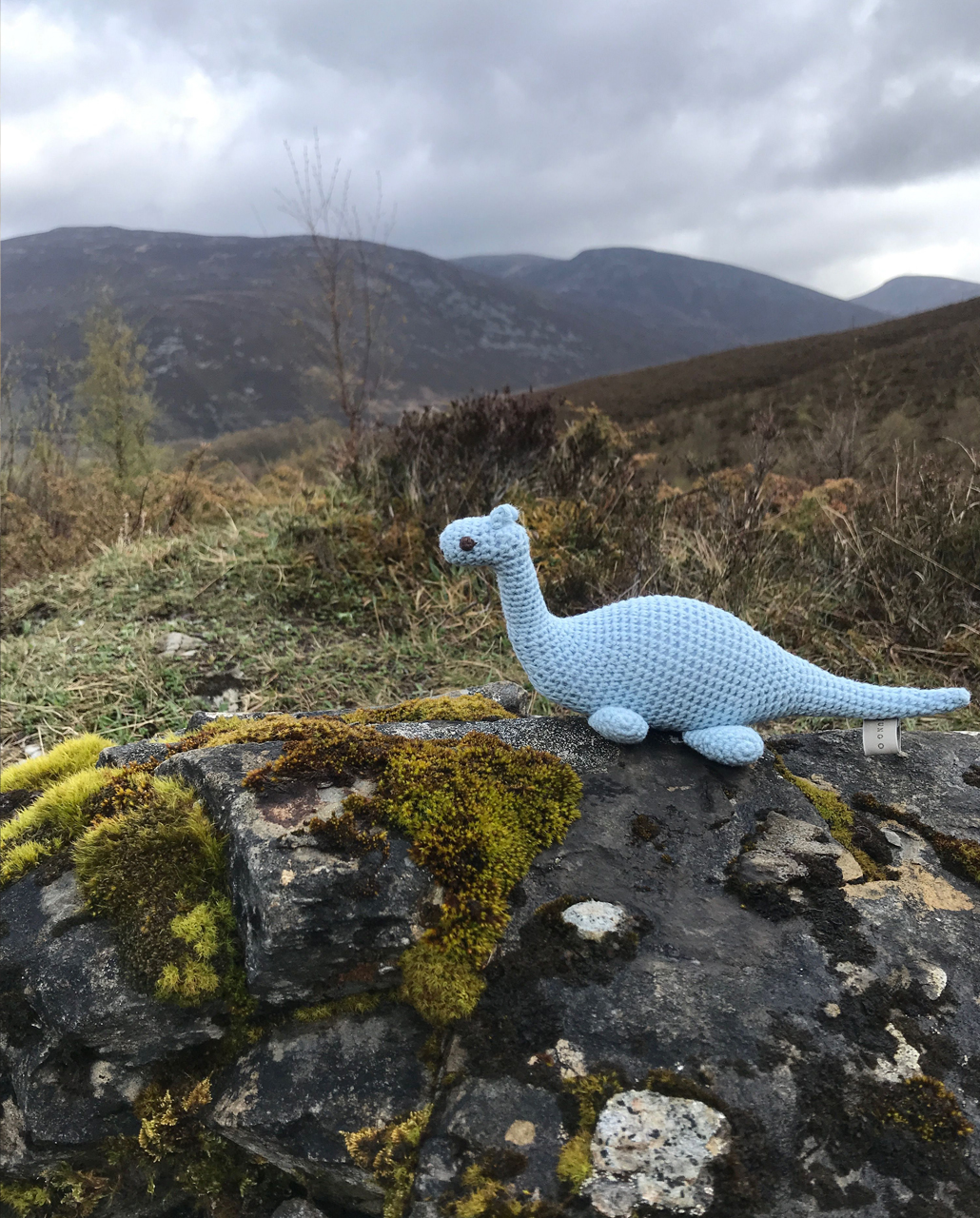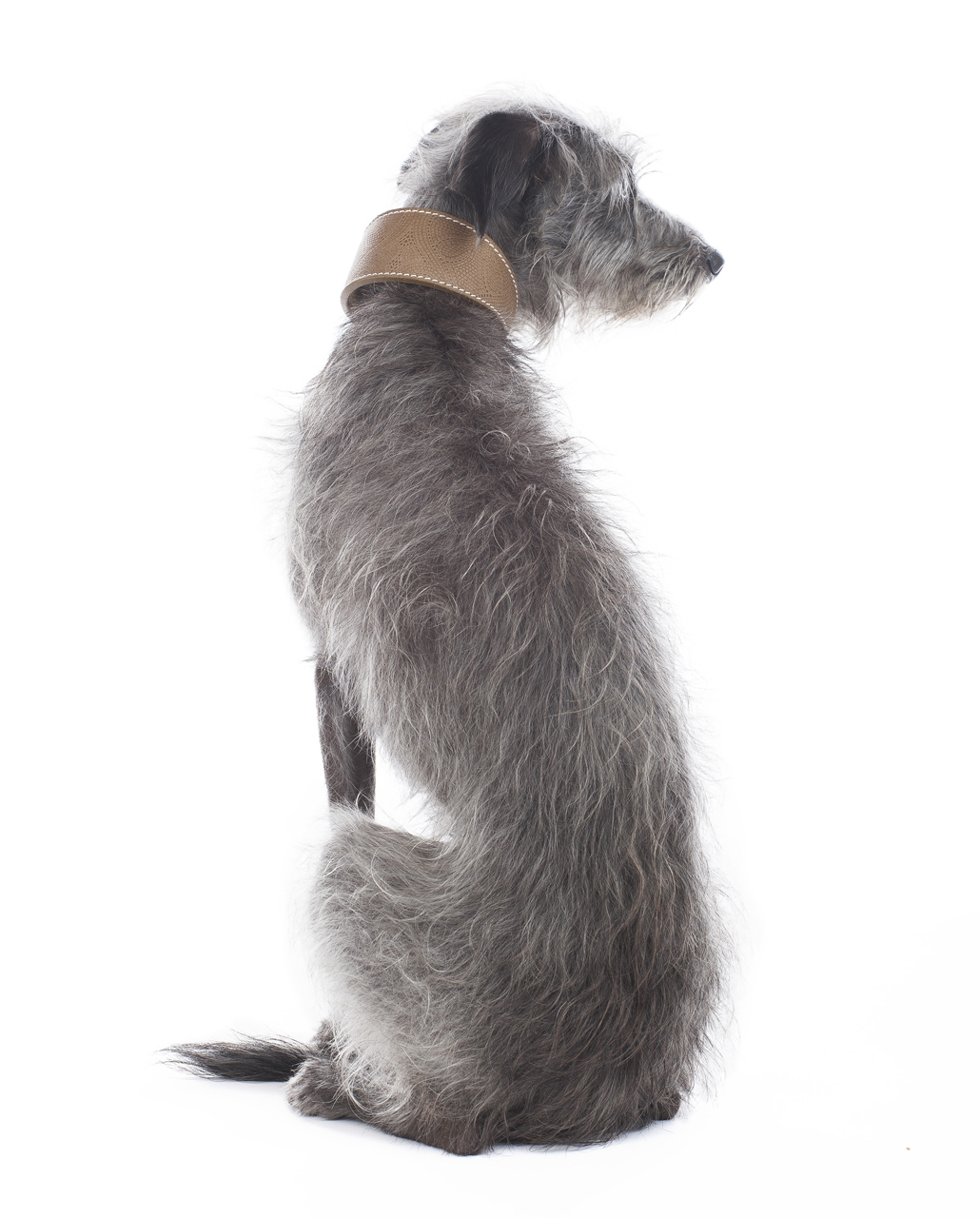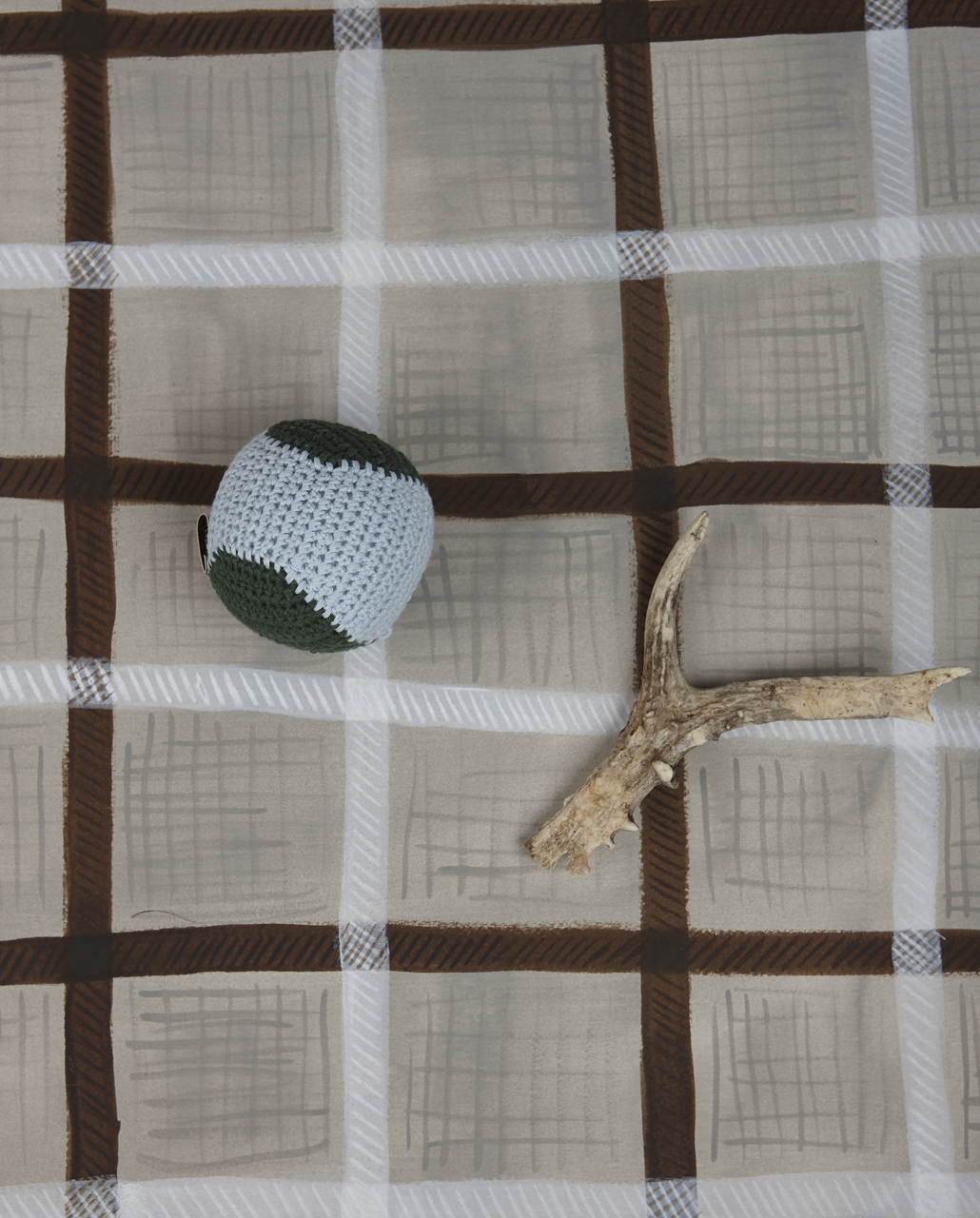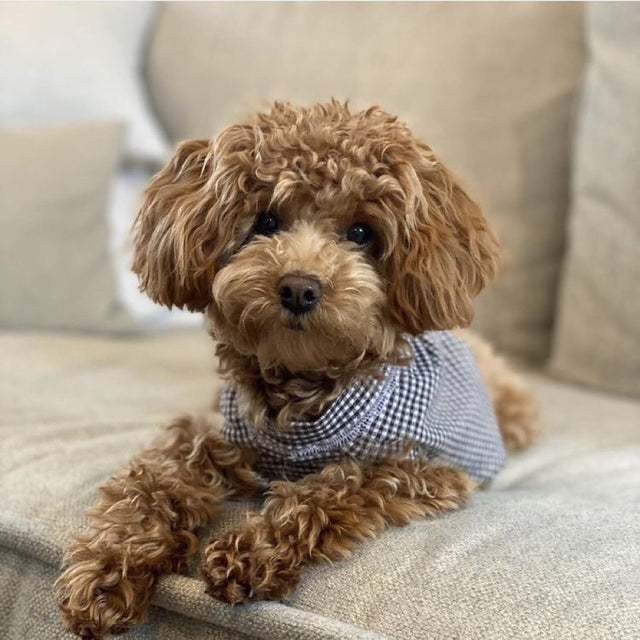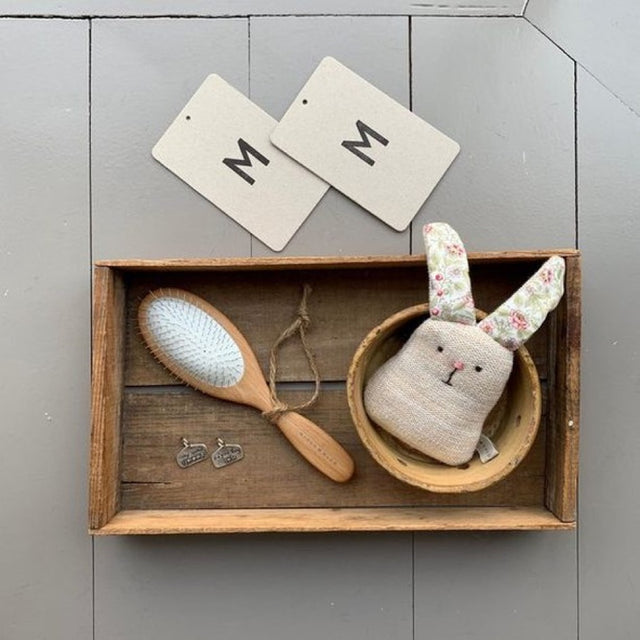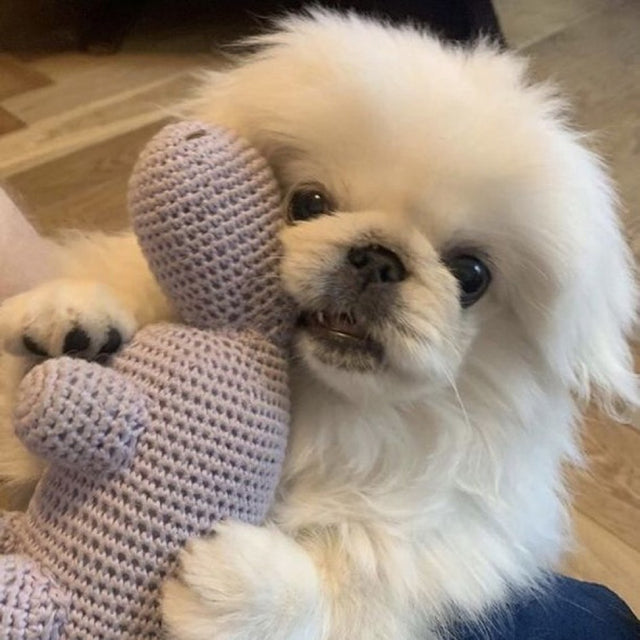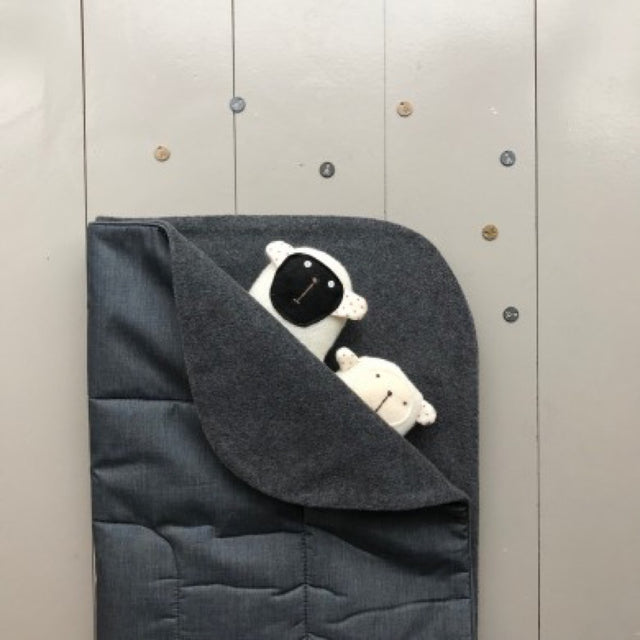Chiens écossais remarquables
La collection Highland
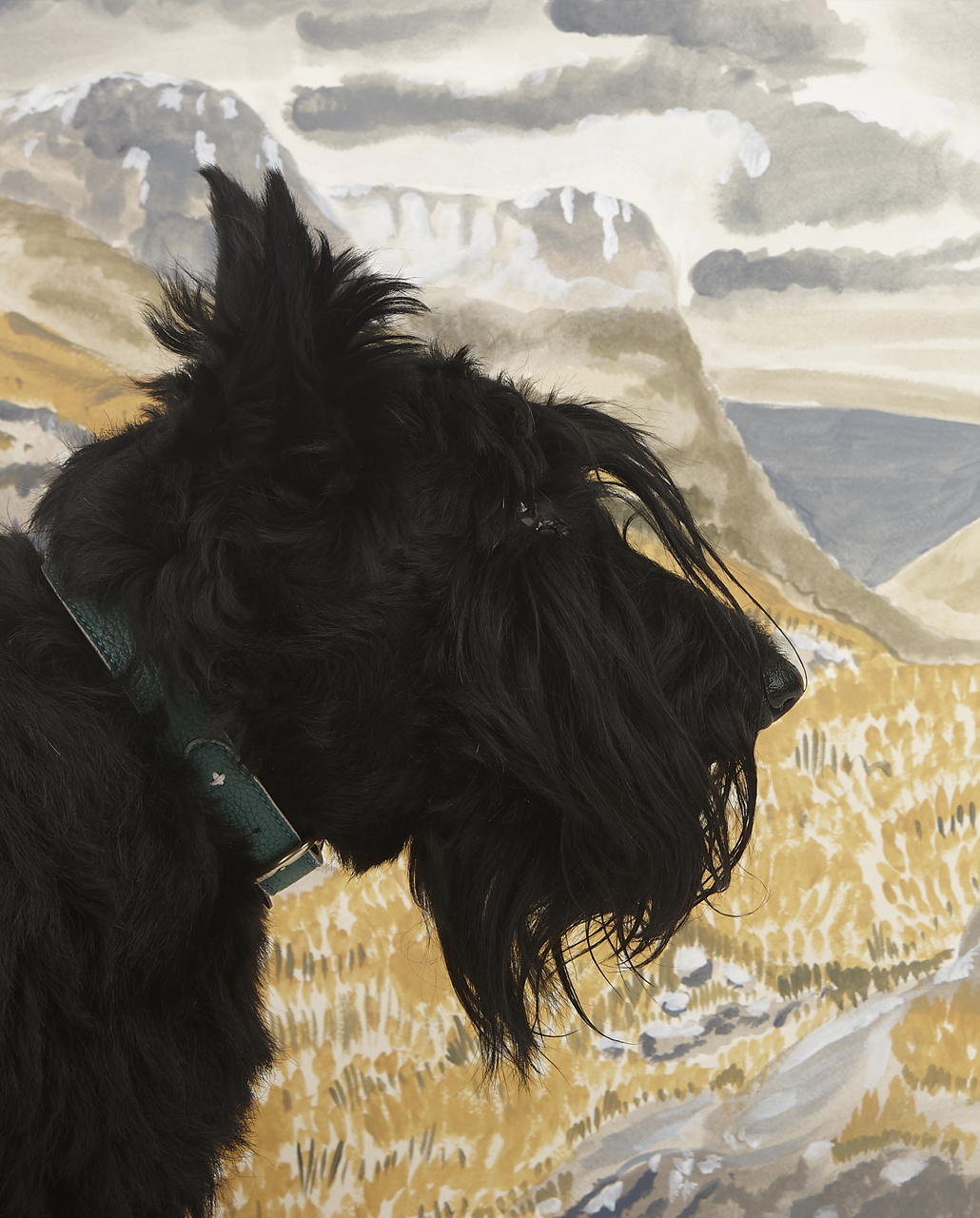
Chiens écossais remarquables
La collection Highland
La beauté naturelle exceptionnelle et le folklore des Highlands écossais ont conduit à la création de la nouvelle et charmante Highland Collection. Ces terres anciennes ont également donné naissance à certains des chiens les plus nobles, et voici une petite sélection de quelques-uns de nos préférés.
Scottish Terrier
Surnommés affectueusement "Scotties", les Scottish Terriers peuvent être noirs, bringés ou parfois de couleur blé paille, mais le pelage noir est devenu le plus populaire au XXe siècle. Le premier récit écrit d'un chien d'apparence similaire à un Scottie se trouve dans The History of Scotland 1436-1561. Le roi Jacques VI d'Écosse était un grand fan du Scottish Terrier au XVIIe siècle et a contribué à les populariser en Europe. La reine Victoria était également une admiratrice de la race, en gardant quelques-uns dans son vaste chenil. Les auteurs et propriétaires de Scotties, Rudyard Kipling, Beatrix Potter et E.B. White, ont tous mis en scène leur race bien-aimée dans leurs œuvres. Les Scotties ont aussi été populaires parmi les stars d'Hollywood, notamment Bette Davis, Humphrey Bogart et Julie Andrews, ainsi que Joan Crawford, qui a donné à la sienne le charmant nom de Puppy Dearest. La pièce Monopoly en forme de chien Scottie reste l'une des plus appréciées.

